CAMILLE & DANIEL
Things To Do In Provence
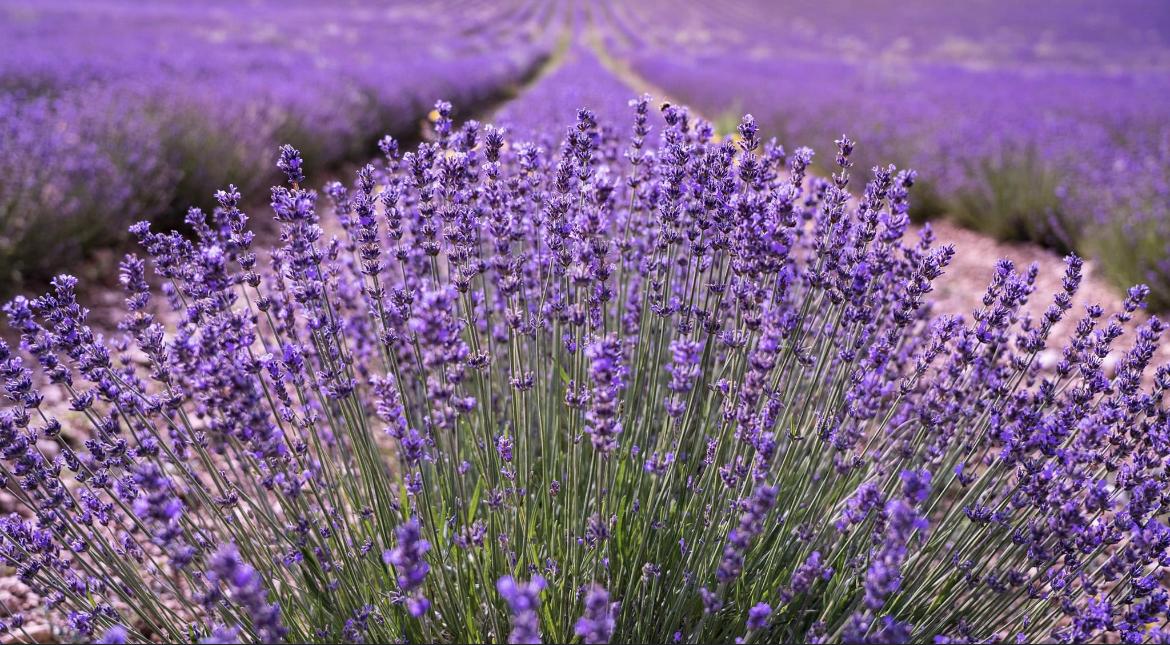
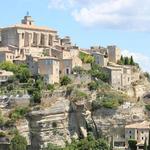
Gordes
Arguably the scenic queen of the Luberon's hilltop villages, the tiered village of Gordes seems to teeter improbably on the edge of the sheer rock faces of the Vaucluse plateau from which it rises. A jumble of terracotta rooftops, church towers and winding lanes, it's a living postcard – but unfortunately it's also seethingly popular in summer, so arrive early or late to avoid the worst crowds. Better still, stay for sunset when the village looks at its most beautiful as its honey-coloured stone glows like molten gold.
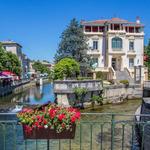
L'Isle-sur-la-Sorgue
The Island in the Sorgue is an apt name for this ancient mid-river town, surrounded by a moat of flowing water. L’Isle dates from the 12th century, when fishermen built huts on stilts above what was then a marsh. By the 18th century, canals lined with 70 giant wheels powered silk factories and paper mills. Many of them have been left in place; you'll see them as you walk around the edge of the old town. These days the ‘Venice of Provence’ is known for antiques. It's home to several antiques villages, housing 300 dealers between them. Sunday is the big market day, with antique vendors participating as well, while Thursday offers a smaller market through the village streets.
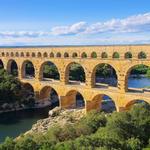
Pont du Gard
The extraordinary three-tiered Pont du Gard was once part of a 50km-long system of channels built around 19 BC to transport water from Uzès to Nîmes. The scale is huge: the bridge is 48.8m high, 275m long and graced with 52 precision-built arches. It was the highest in the Roman Empire. You can walk across the tiers for panoramic views over the Gard River, but the best perspective on the bridge is from downstream, along the 1.4km Mémoires de Garrigue walking trail. If you buy the Pass Aqueduc, you can walk the bridge's topmost tier, along which the water flowed (guided tour). For children, there's Ludo, an activity play area. Early evening is a good time to visit, as admission is cheaper (adult/child €5/3) and the bridge is stunningly illuminated after dark. It's 21km northeast of Nîmes.
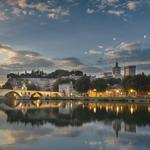
Avignon
For 70-odd years of the early 1300s, the Provençal town of Avignon was the centre of the Roman Catholic world, and though its stint as the seat of papal power only lasted a few decades, it's been left with an impressive legacy of ecclesiastical architecture, most notably the soaring, World Heritage–listed fortress-cum-palace known as the Palais des Papes. Avignon is now best known for its annual arts festival, the largest in France, which spans several weeks in July. The rest of the year, its rampart-ringed old town, medieval bridge, leafy squares and super restaurants are the main attractions.
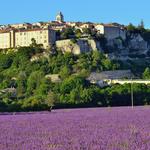
Sault
Sault, a village full of character set on a rocky outcrop, overlooks the valley where the gold of the wheat fields melds with the blue of the lavender. It's the ideal departure point for discovering the Mont Ventoux, the Gorges of the Nesque, the Toulourenc Valley, the Lure Mountain, the Albion plateau and the nearby villages of the Drôme Provençale and the Alpes de Haute Provence. You want to learn more about Lavanda Production, visit the Aroma Plantes Distillery! And most important of all: Sault is home to a good chunk of Camille's family!
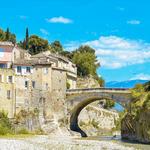
Vaison-la-Romaine
Between the Rhone Valley and the Mont Ventoux, Vaison is located at the foot of the Dentelles de Montmirail, in a hilly countryside perfumed by vines and olive trees. Excavations undertaken by the Abbot Sautel in the early part of the 20th century uncovered such an array of ancient splendours that the city was re-baptised “la Romaine”, or the Roman City.
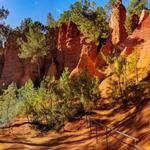
Le Sentier des Ocres
Discover the Ocher Trail in the heart of Roussillon thanks to the available trails. You will be blown away by the spectacular landscapes that open to you upon your arrival. Ocher is everywhere, showing you several variations of natural colors, landscapes shaped by water, wind and man.

Le Mont Ventoux
Whether on foot, by bike (if you’re feeling particularly brave), or by car, reaching the summit of Mont Ventoux is an experience not to be missed during your visit to Provence. You’ll be surprised by the white color of the limestone rock at the summit, which makes Mont Ventoux look snow-capped all year round. A stunning panoramic view awaits you, where you will be able to see the entire Rhône Valley as far as the Mediterranean, and a large part of the Vaucluse department below. On a clear day, you can even see Mont Blanc in the distance to the north.
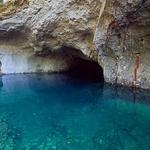
Fontaine de Vaucluse
Set in a steep valley, this charming town in the south of France boasts an incredible natural site: the Fountain of Vaucluse, nestled at the foot of a 230-metre-high cliff. This deep and mysterious chasm is where the River Sorgue has its source. This exsurgence, which has one of the highest flow rates in the world, is accessible via a path along the river. Once you arrive at the edge of this emblematic spot in Provence, you cannot fail to be charmed by the emerald green colour of its waters, and surprised by the power of its flow, especially in periods of flooding!
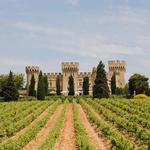
Domaines Mousset - Winery in Châteauneuf-du-Pape
Come and discover the prestigious « terroir » of Châteauneuf-du-Pape, understand the wine-making methods, and taste Chateau Neuf du Pape wines with Provençal specialities. Fines Roches Castle Cellar, family MOUSSET’s estate since five generations, receives you in this majestic place, shaped from Middle Ages with turrets and crenels, and offers you a wonderful sight overlooking the Rhône Valley, Mont Ventoux, Luberon, Alpilles Mountains...
